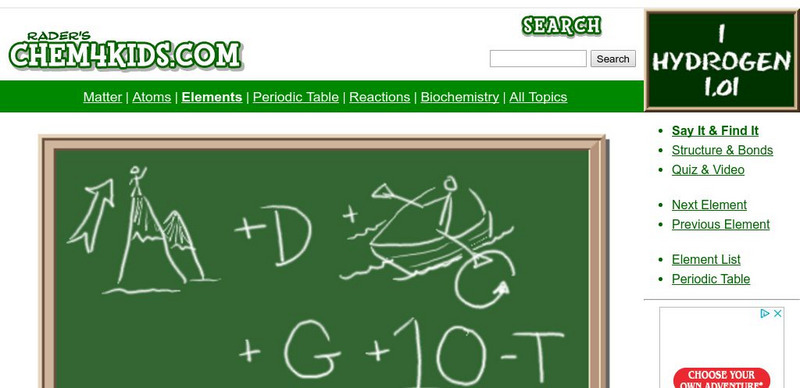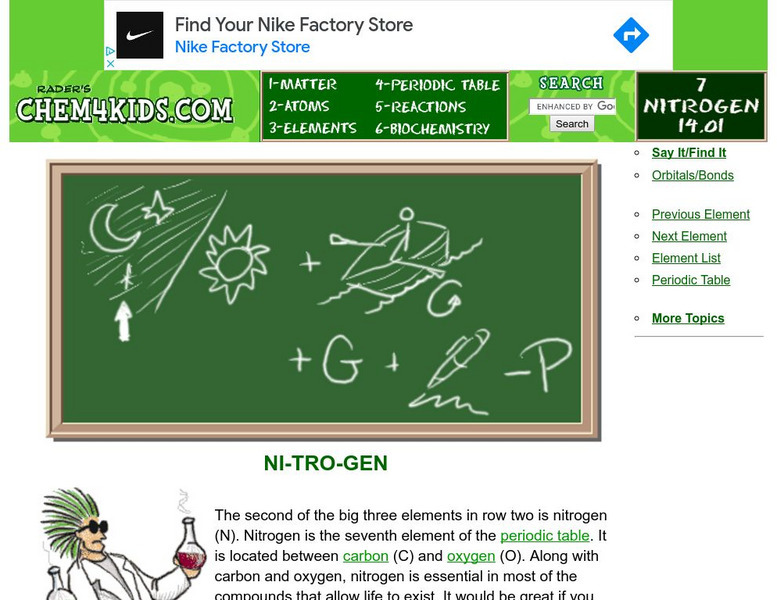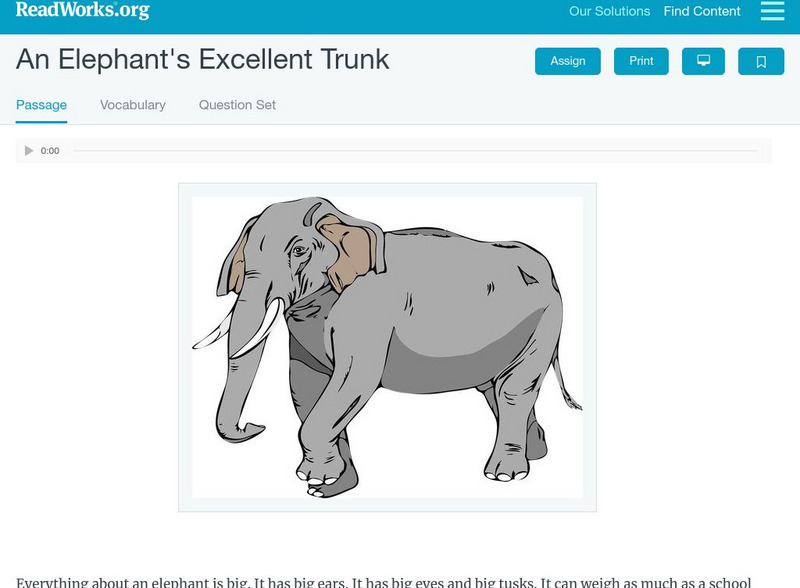Curated OER
Quantum Numbers and Electron Configuration Worksheet
For this electron worksheet students find values for the given letters including their subshells and in which orbital it occurs.
Curated OER
Shell: Print and Color
In this word recognition worksheet, students trace the word "Shell," write the word independently, and color the picture of a shell.
Curated OER
Trace and Color; Shell
In this sea-themed coloring worksheet, students color the picture of a shell and then practice printing the word shell by tracing the dotted lines.
Curated OER
Alphabet 4
In this literacy worksheet, students color all the pictures that end with the letter t. There are several illustrations to identify in the activity.
Curated OER
Mussel Identification Activity
Students identify given species of animals, such as various
mussels, by sets of physical characteristics as they use a key. They also read about mussels on the Illinois River and look at mussel species in the online database. Finally,...
Language Guide
Language Guide: Los Animales Del Mar (Spanish)
This resource provides colorful pictures of sea animals interact with audio and the written vocabulary word as you move your mouse over the picture. This vocabulary would compliment a science unit on marine life.
Chem4kids
Chem4 Kids: Hydrogen
Here you can find out about hydrogen, the first element in the periodic table. Content includes shell information, where to find it in nature, and why it is helpful to us.
Chem4kids
Chem4 Kids: Carbon
Click on the left navigation terms for some great information about the 6th element in the periodic table, "carbon." Content focuses on carbon's electrons, where you can find carbon in nature and in the home, and how carbon combines with...
Chem4kids
Chem4 Kids: Nitrogen (N)
Here you can find some great information about the 7th element in the periodic table, "nitrogen." Content focuses on nitrogen's electrons, where you can find nitrogen in nature and in the home, and how nitrogen combines with other elements.
Chem4kids
Chem4 Kids: Chlorine (Cl)
The 17th element in the periodic table is defined, chlorine. Find out how many electrons chlorine has and where you can find it in nature and in the home.
Chem4kids
Chem4 Kids: Argon (Ar)
Chem4Kids looks at the 18th element in the periodic table, argon. Content focuses on argon's electrons, where you can find argon in nature and in the home, and how argon combines with other elements.
Read Works
Read Works: Passages: An Elephant's Excellent Trunk
[Free Registration/Login Required] Students read an informational text about elephants and answers questions about reading comprehension, supporting details, main idea, and more. Links to a paired text and paired text questions are...
Hartford Web Publishing
World History Archives: Hartford Web Publishing: The Significance of Wampum
This site contains information about the term Wampum and its significance. Also contains information about Native Americans collecting shells and their worth to the tribe.
Library of Congress
Loc: Poetry 180: End of April
A poem about a baby bird, emerging from its shell, is shared within the five, three-line stanzas.
Purdue University
Purdue University: Orbital Shells
This site from the Purdue University provides an overview of atomic orbitals and how quantum numbers specify these orbitals. Includes a model that can be rotated and examined in 3D. Includes learning exercises and answers.
Lincoln Park Zoo
Lincoln Park Zoo: Eastern Box Turtle
A captivating look at the Eastern Box Turtle. Information includes what it looks like, where it lives, what it eats, how often it reproduces, and more.
Utah Education Network
Uen: Animal Coverings
In this lesson, students sort animal pictures by their body coverings. They learn about the functions of animal coverings and where the different categories might live.
CK-12 Foundation
Ck 12: Life Science: 9.7 Mollusks
Learn about the features and evolution of mollusks.
Treehut
Suzy's World: What Is a Fossil?
This site, which is a personal site from Suzy's World by Suzy Cato, explores fossils. Find out some basic facts about fossils, including who studies them and what they are made of. A fun experiment is also included.
Curated OER
Trenches on the Web: Artillery
This site from Trenches on the Web provides charts outlining the shell weight and range of standard artillery and heavy artillery. Includes several photographs of guns and shells.


















